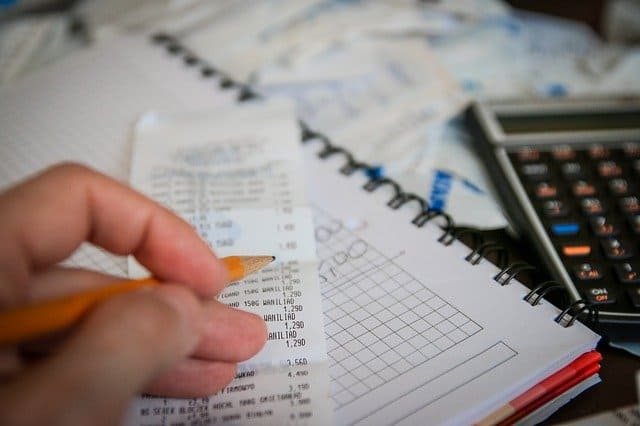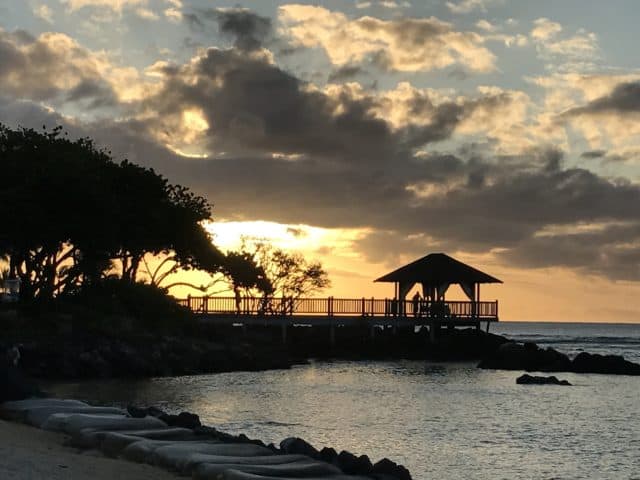
It may come as a surprise to you that I don’t like numbers. I know, I am a fraud in the personal finance community!
I was very anxious at the start of my FIRE (Financial Independence Retire Early) journey because these numbers were just swimming in my mind. And seem so out of reach.
But there is no running away from them.
Over the course of 18 months, as I begin to sort out my finances, the numbers are no longer dancing about as much.
Numbers like how much I need to retire; how much superannuation I have by the time I retire; how much does it cost to enter an aged care facility; what does it cost to travel every year in retirement. And on and on it goes.
My plan is to retire at 55, which is early for me.
Everyone’s circumstances are different, though. You may be paying off debt, saving for children’s college educations, looking after ailing parents …. there are endless ways in which your circumstances may differ from mine.
So how you calculate how much you need to retire may differ from me.
How much will you spend in retirement?
According to the Association of Superannuation Funds of Australia (ASFA), a single person requires $27913 per year to fund a modest lifestyle and $43787 for a comfortable lifestyle. A couple needs $40194 per year for a modest lifestyle and $61786 for a comfortable lifestyle. They assume that these households own their home with no mortgage and are relatively healthy.
These numbers are a good start to figuring out what you need in retirement but they are only a guide.
No one knows your expenses as well as you do. And no one has control over how much you spend except you (speaking as a childless single person here).
The best way is to track your expenses over time. You can then use your own figures, taking into consideration your unique set of circumstances and desires for retirement living.
Looking at these numbers, determine as best as you can, which items can be eliminated when you retire. Think work related expenses – fees for professional bodies, commuting costs, professional clothing costs etc.
Then look at what you will add in retirement. Is there anything you want to do that you don’t already do? What are your passions and hobbies? Will you do more of these in retirement?
I understand the anxiety of wanting to get the numbers right. You don’t want to overestimate your numbers and feel you are shooting for the stars. Then again, you don’t want to underestimate them and run out of money later, say when you are in your eighties and no longer healthy, when working is out of the question.
At the end of the day, this retirement number is your best guess only and will have to be reassessed as you edge closer to your retirement date.
And as long as you remain flexible with your expenses and able to adapt, you will be ok. For example, you may spend more in travelling one year and adjust accordingly the year after.
Housing, transport and food
The three biggest living expenses prior to retirement will likely be the biggest in retirement too.
Some retirees move to lower cost of living cities or countries, where their money can stretch further. Or move to locations where they can enjoy their hobbies daily. Or move to a country with a climate that suit them better.
If you are planning to move, then it’s time to research, research and research. While researching though, just estimate what your costs is likely to be and add a buffer, just in case you are incorrect. As time goes on, you will refine this number as you find out more details about your new location.
The housing question is easy for me – I have no plans to move anywhere or sell my house. I value stability and a home to return to after my travels. I would worry too much if I had to look for a place to rent. My renting experiences in my student days scarred me for life – searching for suitable places within my budget on a restricted timeline or receiving a notice that the owner is selling the home.
Home maintenance for me is already a fairly big expense – local council rates, home and contents insurance, general garden and house maintenance. It will continue to be an expense in retirement as my house is part of my retirement plan. I will mitigate some of these expenses before I retire, by tackling any projects like replacing the gutters.
Transport will be my biggest initial cost at retirement. I will need to buy and maintain a car in retirement – these will be additional costs as I drive a work car at the moment. But since I already know about this, I can start saving for the car purchase now. And factor in car maintenance costs.
Food, glorious food – this expense for me may slightly increase in retirement if I eat out a bit more eg sit in a cafe to read or write. I eat very well now, cooking for myself and don’t feel deprived at all. But I anticipate that I may value some social interactions once I no longer interact daily with many others in the workplace. I love people watching in a cafe.
Hobbies and passions
I plan to continue travelling when I retire.
How I travel may change. After all, I will now have TIME to travel slowly and explore other accommodation options or activities. I may not be able to afford expensive destinations or activities every year. But it is possible to alternate with a cheaper and closer destination every other year.
I also envision travelling more in the first few years of retirement then winding back … who knows? My body may or may not be able to endure long distance flights in the later years. Or driving long distances around the country.
Hobbies and passions change over time too. I may fall in love with a new hobby, volunteer, develop a side hustle … anything can happen! My parents started golfing in their late fifties, and played golf until their early seventies. They still play table tennis twice a week at their Senior Citizens clubs – once again, they never played before they retired.
Health care and aged care
Health versus wealth – which would you choose?
It is no use being the richest person on earth if we can’t enjoy our money due to poor health.
Health care is an area where I am most worried about. And it has nothing to do with money. My mum has dementia and one day I may too – it is not a guarantee but it is definitely a possibility. The thought terrifies me sometimes. I feel that I need to squeeze in everything I want to experience earlier in my retirement, rather than later. Just in case.
Private health insurance is already an expense for me – this will continue in retirement. I value access to timely medical care.
It is so hard to estimate how healthy I will be later in life. The best policy is to look after myself now – eating healthily and exercising regularly. The longer I stay healthy, the better my quality of life will be in retirement. And the longer I delay in spending on medications and other health related costs, the longer my money will last.
Aged care is another concern. One day, I will not be able to look after myself at home. I will need a carer or move into an aged care facility. Having a paid up home eases some of the financial considerations, provided that home values remain high in the next few decades. Selling my home may mitigate some of these costs and will be my final option.
Any other expenses
Do you have children’s weddings to contribute towards? Or perhaps parents’ medical care or their living expenses? Helping children with home ownership, education?
Maybe these are the optional extras or maybe they are non negotiable.
Factor them into your retirement number. Or start separate sinking funds for these and keep your retirement number for your lifestyle needs only.
Final thoughts
We can’t plan for every eventuality. There are too many ‘what ifs’ in life.
Calculating how much you need to retire can be overwhelming.
But we can start with our current expenses to make educated guesses about our future retirement expenses. And as more facts come to light or we find new ways to reduce our living expenses, we can review that number, reassess and come up with a new number.
Our initial number may be too high; we may not be able to afford that lifestyle. On the other hand, we may be pleasantly surprised that our numbers look the same (as in my case).
Whatever the case may be, once you have a retirement number, you can actively do something about it. Start saving for non negotiable wants and desires; look at cheaper options for everything else. Assess current investing options. Ramp up working hours? Start a side hustle?
You decide on what is best for you. But start planning now. The future will be here soon.



